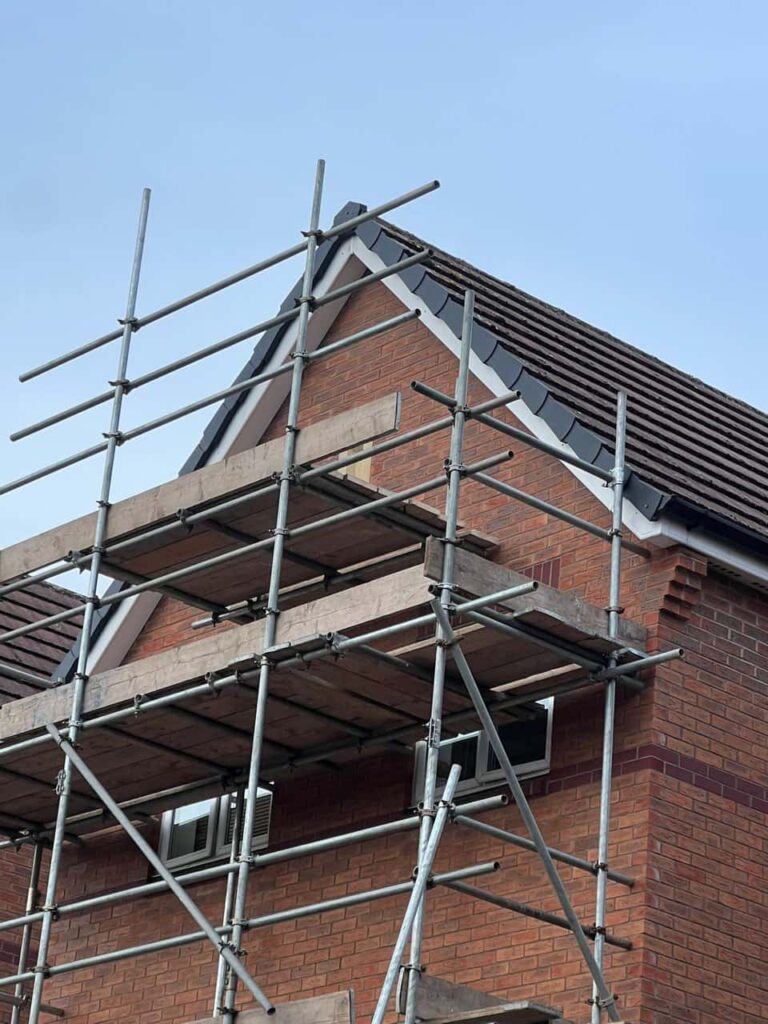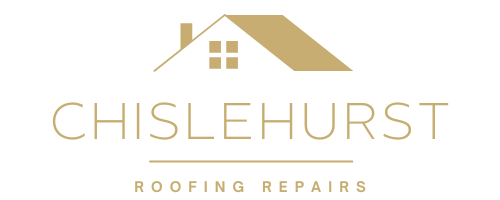Choosing the right roofing style for your property is crucial not only for the aesthetic appeal of your home but also for its long-term functionality and durability. Different roofing styles are designed to serve specific purposes, ranging from enhancing architectural design to offering better protection against the elements. At Chislehurst Roofing Repairs, we specialise in providing expert roofing solutions for homes and commercial properties in Chislehurst, Greater London. In this blog, we’ll explore 10 common types of roofing styles and their best uses to help you make an informed decision for your property.
1. Gable Roof
The gable roof, also known as a pitched or peaked roof, is one of the most popular roofing styles in the UK. It features two sloping sides that meet at the top, forming a triangular shape. Gable roofs are ideal for regions that experience heavy rain or snow, as the sloped design allows for easy water and snow runoff.
Best Use: Residential homes in areas prone to rainfall or snow, providing excellent drainage and ventilation.
2. Hip Roof
A hip roof has slopes on all four sides, which makes it more stable than a gable roof. The design is particularly effective at withstanding high winds, making it suitable for areas that experience frequent storms. Hip roofs also provide extra living space beneath the roof and improve the home’s overall structural integrity.
Best Use: Homes in regions with high winds or stormy weather, offering increased stability and durability.
3. Flat Roof
Flat roofs are most commonly found on commercial buildings, but they are also popular for residential properties in modern architectural designs. Despite being called “flat,” these roofs have a slight slope to allow for water drainage. Flat roofs are affordable and easy to install but require more maintenance to prevent water pooling.
Best Use: Commercial buildings and modern residential homes, especially where space for rooftop installations (e.g., solar panels or rooftop gardens) is desired.
4. Mansard Roof
Mansard roofs, also known as French roofs, have four sides with two slopes on each side. The lower slope is steeper, while the upper slope is much more shallow. This design creates more living space under the roof, making it ideal for adding extra rooms or loft conversions.
Best Use: Properties looking to maximise interior space, ideal for homes that plan to incorporate loft conversions or attics.
5. Gambrel Roof
A gambrel roof is similar to a mansard roof but has two sides instead of four. This style is often associated with barn structures, but it can be used on homes to create a classic, rustic appearance. The design allows for extra space beneath the roof, making it ideal for storage or additional living areas.
Best Use: Barns, farmhouses, and properties looking for additional storage or loft space under the roof.
6. Butterfly Roof
The butterfly roof is an inverted gable roof where the two sides slope inward, creating a “V” shape. This modern design is known for its striking aesthetic and is often used in eco-friendly homes as it allows for rainwater collection. However, due to its unique shape, proper drainage is critical to avoid water damage.
Best Use: Modern eco-friendly homes, particularly for homeowners looking to incorporate sustainable water collection systems.
7. Dormer Roof
A dormer roof is not a standalone roofing style but a feature added to other types of roofs, such as gable or hip roofs. Dormers are protrusions that contain windows, creating more space and light in the upper rooms of a home. They are ideal for homes that need additional headroom or natural light in attic spaces.
Best Use: Homes with loft conversions or attic spaces that need more light and headroom.
8. Saltbox Roof
A saltbox roof features asymmetrical sides, with one side being much longer than the other. This design creates extra living space inside the home, often in the form of an additional storey. Saltbox roofs are durable and great for water drainage, making them ideal for regions with heavy rainfall.
Best Use: Homes that want to add additional storeys while maintaining an efficient drainage system.
9. Shed Roof
Shed roofs are single-sloped roofs that are often used for home extensions or secondary structures like garages and workshops. They are simple and affordable to build, and the steep slope allows for effective water runoff. Shed roofs are also popular in modern home designs.
Best Use: Extensions, garages, and modern home designs where simplicity and cost-efficiency are priorities.
10. Bonnet Roof
A bonnet roof is similar to a hip roof but with an additional slope that extends beyond the edges of the house. This extra overhang provides excellent shelter for outdoor spaces such as porches or patios. Bonnet roofs also offer great weather protection and can be used to cover more than just the main structure of a building.
Best Use: Homes with large outdoor areas or porches that require additional protection from the elements.
Conclusion
Each roofing style has its own set of advantages, and the best choice depends on your property’s architectural design, environmental conditions, and your specific needs. At Chislehurst Roofing Repairs, we offer expert advice and professional installation services to ensure you choose the most suitable roofing style for your home or commercial property in Chislehurst, Greater London. Whether you’re looking for durability, aesthetic appeal, or functionality, our team is here to help.
Call us on: 0208 103 3898
Click here to find out more about Chislehurst Roofing Repairs
Click here to complete our contact form and see how we can help with your roofing needs.

